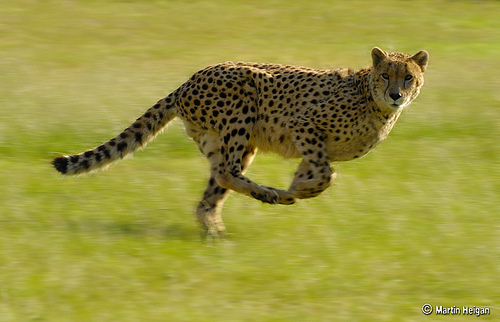From the Sloth Whisperer

Different species have their different tricks for getting by. Human beings are smart, quick-moving and numerous. We’re also pretty large, as mammals go. Sloths, on the other hand, take a whole different approach. Rather than compete for high-energy foods, they eat leaves, which nobody else much likes, because they don’t have a lot of fuel to offer. To cope with their low-intensity diet, sloths have simplified and slowed the processes of life: They have half the muscle weight of a similarly sized monkey or cat, their metabolism is extremely slow, and they let other creatures do as much essential work as possible: Their fur is home to symbiotic bacteria and insects, and their stomachs are filled with other bacteria, processing those leaves.
As the name “sloth” suggests, humans don’t really get this alien approach to life, but in the Central American jungles, five of the six living species of sloth are doing fine. Still, human indifference takes its toll: Sloths are killed by poachers, and regularly zapped on power lines.
When those deaths leave baby sloths behind, the orphans are sometimes taken to the Aviaros del Caribe sloth sanctuary in Costa Rica. There, according to Lucy Cooke, the “amphibian avenger,” the animals are cared for by “the legendary sloth whisperer Judy Arroyo.” Cooke shot this video there (there are more on her blog).
The videos show clearly that young sloths, despite their alien ways, certainly the “innate releasing mechanisms for affection” that Konrad Lorenz attributed to big heads, big eyes, small chins and other signs of juvenility. In other words, they’re pretty cute. You could reflect on the evolutionary and psychological significance of this. Me, I just kicked back and went “aww.”





